Get the Advantage: Flexible Spending Amount Explained
You’ve likely heard the term “flexible spending” before, but what about flexible spending amount? For many, Medicare might be the only health insurance they have. With so much of their money tied up in medical expenses, it’s important to understand what Medicare covers and how to save on out-of-pocket costs. One way you can do this is by using your Flexible Spending Account (FSA). This post will help you better understand how FSA works, its allowed expenses, and some highlights worth noting.

Flexible Spending Amount Definition
Flexible Spending Amount or FSA is a tax-free account that allows you to set aside money or savings throughout the year for use toward medical expenses or health care costs that are not covered by health insurance.
FSAs can also be sponsored and maintained by employers. You decide how much you can put into your FSA with a limit set by the employer. Contributions to FSA Accounts have annual limits and may be adjusted for changes by the IRS every year. As of 2021, the limit for FSAs is $2,750 per year per employer.
In order to qualify for tax-free status, FSA distributions should not exceed contributions in that year, and the funds should be spent on eligible medical or health care expenses, such as costs to treat illnesses or medical conditions.
Flexible Spending Amount Definition
Get Started with Your Medicare Advantage Plan
Flexible Spending Amount Coverage
Some of the allowed expenses for FSA include:
- Over-the-Counter medications (such as First-Aid Kits, Antacids, Antibiotics, Pain relievers, Asthma medicines, birth control pills, cold sore or canker treatments, cold & flu medicines, flu shots, etc)
- Prescription glasses and contact lenses
- Hearing Aids
- Fertility treatments (for employee, spouse, or dependent)
- Hospital services and laboratory fees
- Medical (Co-Insurance, Co-Payment, Deductible)
- Organ Transplants
- Orthodontia (braces and retainers)
- Oxygen
- Physical Exams
- Physical Therapy
- Psychiatric Care & Therapy
- Non-cosmetic purpose surgeries
- Vision (Co-insurance, Co-payment, Deductible)
- Prenatal Vitamins
- X-Rays
Cosmetic procedures such as facelifts, teeth whitening, liposuction procedures are not covered. However, if accidents or illnesses cause physical injuries and can be treated through surgeries or cosmetic procedures, FSA funds may be used to pay for these as they are considered to be treatments for medical conditions.

Flexible Spending Amount Highlights
One important note when using your Flexible Spending Amount is that you must utilize the money in your FSA fund within the plan year. If not, you will lose the money in your FSA at the end of the year or grace period. So plan carefully and wisely that you do not put more funds into your FSA than you will use within the given year.
However, your employer can offer one of the two options (not both):
- Get 2.5 more months to spend the leftover money in your FSA
- Carryover up to $500 for you to spend over the next plan year
The FSA owner’s spouse who incurs eligible medical expenses may also be covered by FSA. Dependents can be covered as well if they are claimed on the Flexible Spending Amount owner’s tax return.
Your Flexible Spending Amount can be used to pay for eligible medical expenses, dependent care expenses, and other significant health care costs. In short, FSA can have a huge impact on your finances and savings. It’s important to review the coverage of your FSA plan periodically to make sure that it still meets your needs.
If you have any questions about FSAs or how they can work for you or your business, feel free to contact us at (800) 805-4439 anytime!

